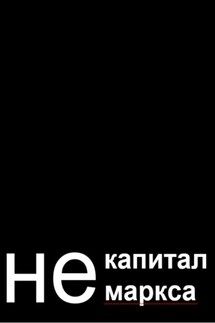The General Theory of Capital: Self-Reproduction of Humans Through Increasing Meanings - страница 72
“At its center is materialist man who, in a competitive world characterized by scarce resources, attempts to maximize the probability of survival and prosperity. To do so, the strategist pursues one of the four timeless dynamic strategies: family multiplication (involving procreation and migration to new lands), conquest, commerce, and technological change” (Snooks 1997, p. 6).
Choosing a strategy is a rational action that involves imitating successful people and their practices. Snooks considers the “intellectual ability” of strategists to be the most limited resource (Snooks 1997, pp. 52-3). Unlike cultural evolution theorists, he believes that individuals are capable of “inventing” the necessary solutions. Accordingly, he considers cultural evolution to be the result, not the driving force, of social development (Snooks 1997, p. 68). He derives changes in institutions and economic growth from the demand of strategists and competition among their groups, and considers cultural change to be the sum of institutional change and economic growth. He distinguishes between “strategists” or innovators (profit seekers), “non-strategists” or followers, and “anti-strategists” or rent seekers (Snooks 1997, p. 63). Snooks reduces human motives to material consumption and culture to a vague collection of “everything that contributes to the complex structure of human civilization” (Snooks 1997, p. 68). He does not seem to understand that “strategies” are elements of culture, that strategists develop culture and thus develop themselves in the process of mutual imitation. The third thesis about Feuerbach fully applies to Snooks’ point of view:
“The materialist doctrine concerning the changing of circumstances and upbringing forgets that circumstances are changed by men and that the educator must himself be educated. This doctrine must, therefore, divide society into two parts, one of which is superior to society” (Marx and Engels 1975-2004, vol. 5, p. 4).
Herbert Simon noted that people are not omniscient and cannot solve all problems with reason alone, and introduced the principle of bounded rationality:
“The capacity of the human mind for formulating and solving complex problems is very small compared with the size of the problems whose solution is required for objectively rational behavior in the real world or even for a reasonable approximation to such objective rationality” (Simon 1957, p. 198).
What could be the cause of the limitations of the mind? Thinking combines instincts, practices and reason, which are developed to varying degrees by natural and cultural selection. Actions based on instincts and the consistent learning of many generations of people are performed faster and more easily than actions that have emerged relatively recently or require reasoning. Daniel Kahneman calls fast intuitive thinking System 1, and the slow conscious thinking System 2. System 1 is associative, metaphorical, deterministic thinking that comes easily and is automatic, and System 2 is probabilistic statistical thinking that requires a lot of reasoning and reflection. Humans strive to reduce problems to what they supposedly know, to automatic associative and causal correlations. The limitations of reason and our deviations from rationality are explained not by instincts or emotions interfering with reason, but by the mechanism of thinking itself, in which reason is only a later, albeit important, element. This prevents us from recognizing “a puzzling limitation of our mind: our excessive confidence in what we believe we know, and our apparent inability to acknowledge the full extent of our ignorance and the uncertainty of the world we live in” (Kahneman 2011, pp. 13-4).







